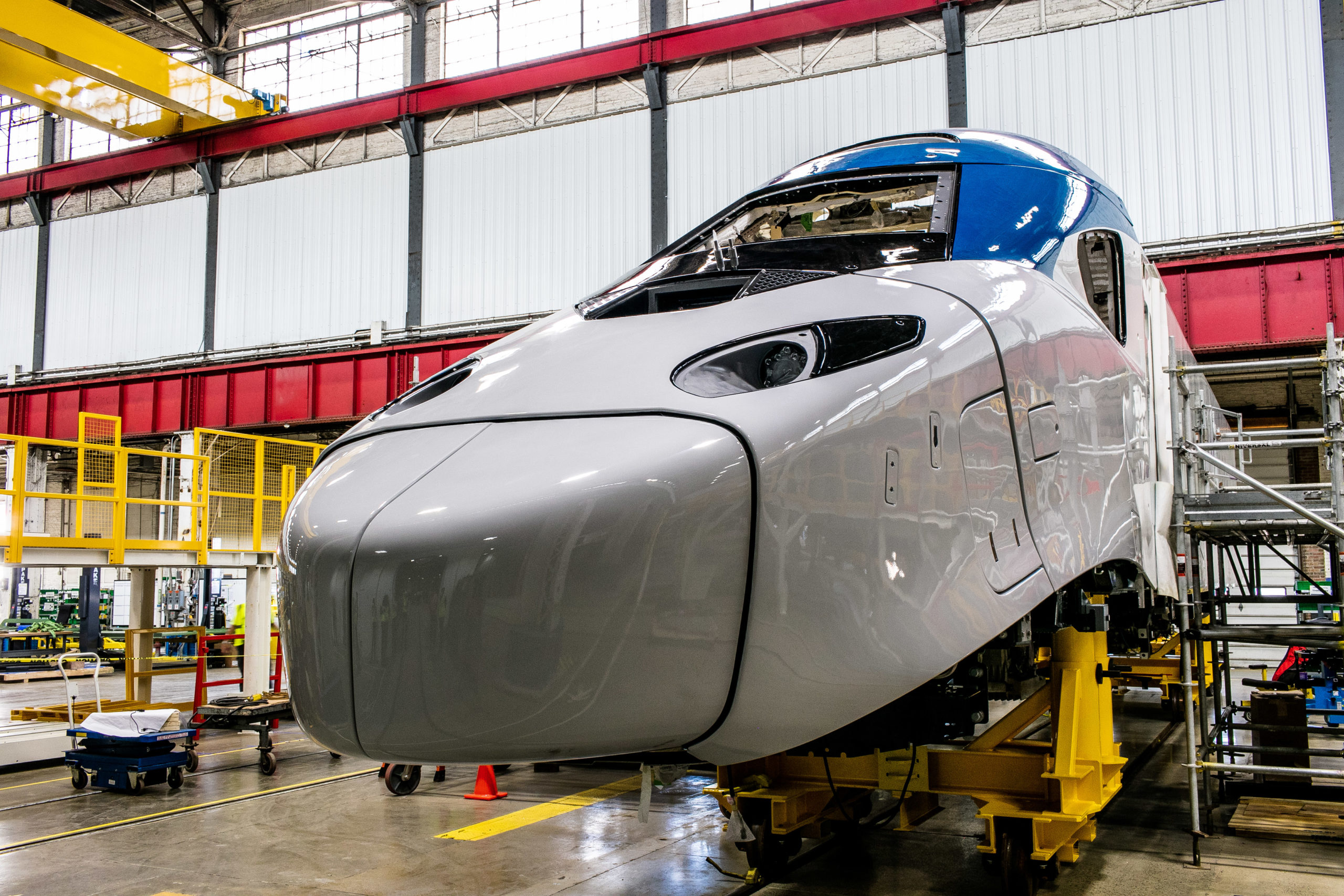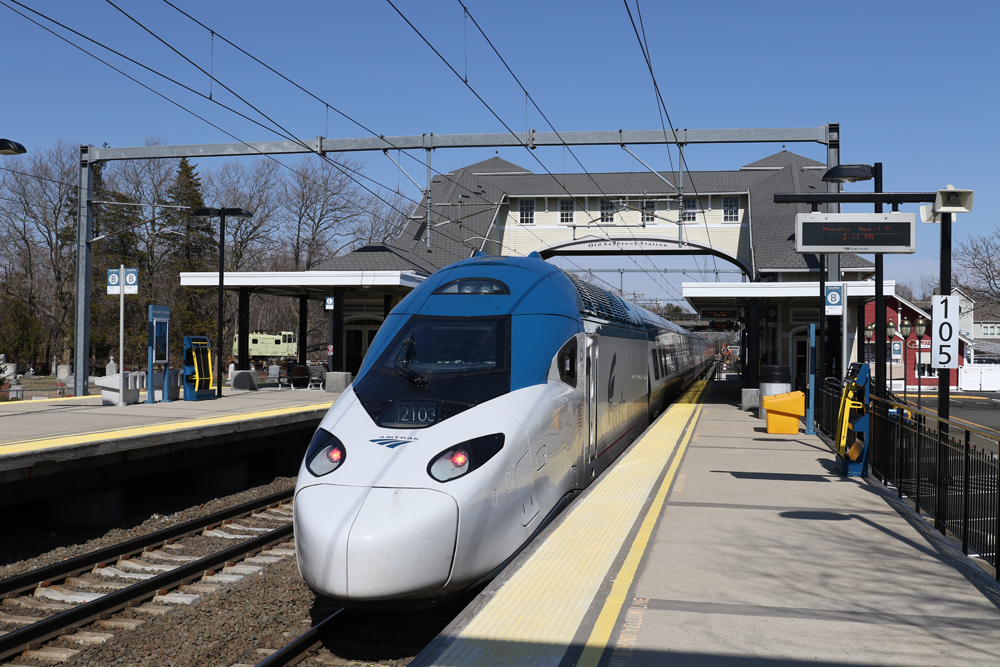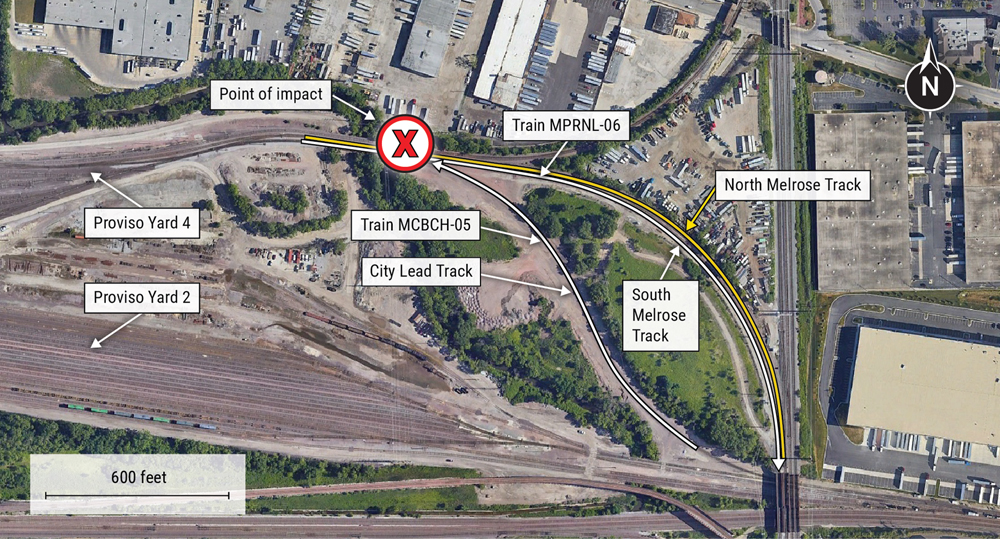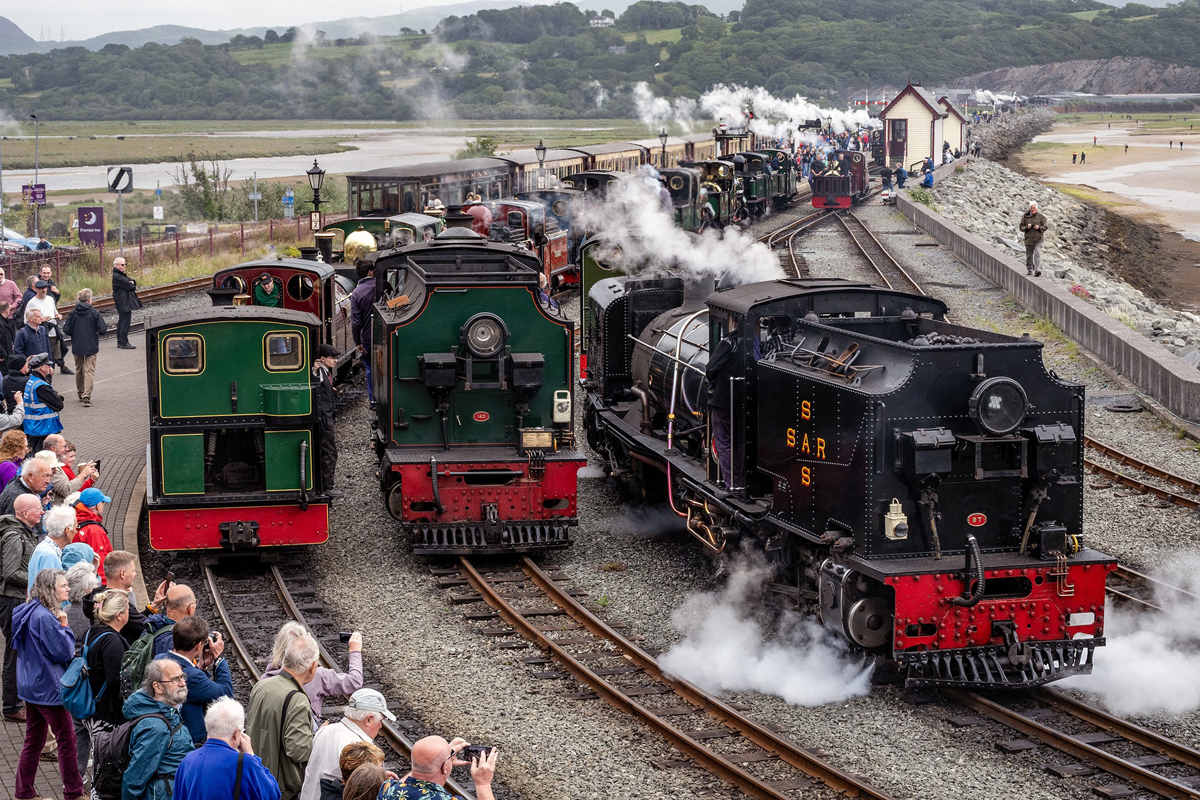
By now, Amtrak’s second-generation Acela trainsets were supposed to be in their second year of operation.
Instead, they have no definite date to enter service, and are taking a growing toll on the passenger operator’s bottom line. A company web page simply says the trains are scheduled to debut “in 2024.”
A Wall Street Journal report in November placed the cost of the delays in launching next-generation service at $140 million and counting. That figure includes the increasing expense of maintaining the aging first-generation Acela fleet, as well as lost revenue from reduced Acela capacity on two fronts. The new trainsets will have about 25% more seating than the trains they replace, and fewer Acela trips are currently being offered, with four of the original 20 trainsets sidelined. They are being cannibalized for parts to keep the others running.
The Journal report was based in part on an unredacted version of a report by the Amtrak Office of Inspector General that was highly critical of manufacturer Alstom’s process for building the new trainsets. The public version of that report had dollar figures moved “due to [their] sensitive nature,” but offered plenty of other insight into the problems that have led to the mounting delays.
Among them:
— At the time of the report, defects had kept Amtrak from accepting any of the 12 trainsets (out of an order of 28) already produced, as well as 22 of the 28 café cars. The trainsets had not yet met federal safety requirements, and each trainset produced had defects Alstom must fix or modify before the start of revenue service.
— More than half the trainset units were built without a finalized design. Unanticipated design changes stemming from model validation will need to be retrofitted onto the already-produced equipment.
— Alstom did not establish a schedule to address defects, which the Inspector General said “creates a secondary risk to the overall program schedule” because it leaves Amtrak without enough information to know the impact on the start of revenue service.

The report also said there would be delays from an inability to produce a validated computer model of the equipment’s performance, required by the Federal Railroad Administration as part of its testing plan.
Computer and physical testing have been or detected problems since the first trainsets were delivered in 2021 and they displayed difficulty coping with the aging, curving infrastructure of the Northeast Corridor. The conditions are far different than the more modern high-speed routes used by the European equipment on which they are based.
Initially, that led to a problem with the trains’ pantographs losing contact with the catenary wire, preventing them from reaching top speed [see “News report says debut of new Acelas will be delayed …,” Trains News Wire, June 3, 2021], pushing the expected service back by a year.
A further delay became public in 2022 when Amtrak tucked a deployment delay to 2023 into a release of images of the new trains’ interiors. Alstom explained this was to accommodate modifications based on testing — specifically, that “mass was added to the extremity ends of each car and additional anti-roll bars were added to the café cars to lower the center of gravity over specific wheels and to distribute load on wheels [to optimize] the trainset’s behavior on the curves of the NEC.” [See “Alstom explains latest delay …,” News Wire, April 8, 2022]. That, in turn, required updating of the model used in computer testing.
And earlier this year, the Washington Post — which was first to report the pantograph issue — reported testing and computer modeling found problems with the wheelsets. Alstom said in a statement to the newspaper that it was confident its “extensive investigations … will demonstrate compatibility of the latest generation of high-speed technology with existing [Amtrak] infrastructure.” Sources told Trains News Wire that computer modeling of performance at speeds over 150 mph had been confirmed on a Pueblo, Colo., test track, but not on portions of the corridor itself.
The ongoing issues come at a time when Amtrak has pointed to recovery of Northeast Corridor ridership in general and on the Acela in particular as a highlight of its 2023 fiscal performance. In its year-end fiscal report, the company said Northeast Corridor ridership was up 31.3% over fiscal 2022. Acela ridership was up 38%; that included fourth-quarter ridership that exceeded pre-pandemic figures by 8% [see “Amtrak cites major ridership increase …,” News Wire, Nov. 30, 2023].
Previous News Wire coverage:
“New Acelas face further delays,” May 30, 2023.
“Amtrak Inspector General: Production problems plague new Acela,” Oct. 3, 2023.
“News report says new Acela delays have cost Amtrak $140 million,” Nov. 9, 2023.
Note: The News Wire countdown of the Top 10 stories of 2023 will take a break Monday for Christmas Day. It will resume Tuesday, Dec. 26, with the two stories that tied for No. 6.














“The new trainsets will have about 25% more seating than the trains they replace, and fewer Acela trips are currently being offered, with four of the original 20 trainsets sidelined. They are being cannibalized for parts to keep the others running.”
Isn’t the description of failure doing the same thing and expecting different results. Alstom can’t finish what they have within the contract period and can’t provide spare parts to keep the current fleet running either? What did Amtrak contracting officers think was going to happen? Dump a bunch of money to the same people and expect something beautiful to grow?
Sounds like Amtrak is not capable of making the distinction between good contracting practices and just going with the flow. If that is not malfeasance then what is. And I should know. I spent my life in procurement and contracting in the defense and commercial industry and this kind of charade would never have been allowed. Makes one wonder how many of the Amtrak people involved in this cluster now work for Alstom… The fish stinks from the head down….
When is America going to stop the INSANITY?
The Government should file bankruptcy on Amtrak, the Veterans Administration and the Postal Service! Sell them off and let free enterprise take its path! I fully believe that private enterprise would be successful at running all 3 of these government run catastrophes!
I would go for that as long as any rate increases must be approved based on facts through the GAO. All privatizing government operations means anymore is an opportunity for the private organization to raise rates and make a lot of cash and then sell off the contract to some low ball operation that runs it into the ground. So unless there are guarantees, no thanks.
Lousy, inept, incompetent project management, nothing more, nothing less. Any builder would be foolish to bid on any future orders for equipment placed by the current (mis-) management fools.
I wonder how much the treatment of Alstom by Amtrak and its OIG will increase the costs for Amtrak’s next equipment order? That is, if anyone responds to the RFC. Imagine Amtrak needing equipment. But, nobody offering to build it?
No Duh… You force all the American/North American builders out of business by giving all the orders to international companies who work with railroads of an entirely different nature and operational process. Most high speed trains around the world DO NOT share tracks with freights. No, they are operated on ROW that are designed for efficient, fast service, rails that are as smooth as glass and curves that are gradual and banked for high speed. Take a long telephoto picture of any tracks that Amtrak runs on and you’d be surprised that they even stay on the track with all the bumps and dips… What a joke…
Mr. Saunders, this goes back at least as far as Espee’s experiments with Krauss-Maffei Diesel Hydraulics that failed miserably in no small part because DB’s maintenance schedules were more labor intensive than theirs. Add to this the mixed results with M.U. stock from Italy, Japan, and PRC in various cities. Let’s not forget the HHP-8. Your remarks on Amtrak’s ROW condition reminds me of why the DB’s ICE didn’t demo on the NEC. The engineers from DB were appalled at the condition of the track.
Sad but true. But those Krauss-Maffei Diesel Hydraulics were sure cool looking. Their Maybach diesel engines, however, were not meant for North American abuse. nor were their Voith transmission gearboxes and components. And it was all difficult too get to. That is the biggest reason the mechanics hated them, just like a lot of the streamlined jacketed steam engines back in the day…
And now Amtrak is soliciting bids to build new Superliner cars.
They’ll look nice sitting next to each other,when they too are probably delivered
defective.
@Thomas. And don’t forget to leave space for the defect-ridden Venture cars:-(